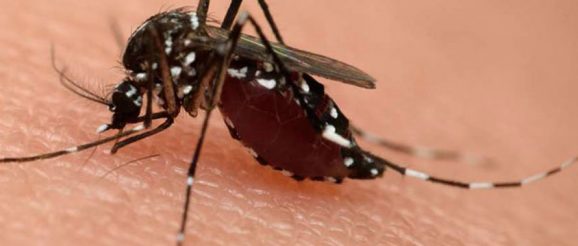Harness innovation to ease malaria burden – Business Daily

Harness innovation to ease malaria burden
Mosquitoes control should be a high priority because it serves as the key vector in the spread of the disease. file photo | nmg
In Kenya, there are an estimated 3.5 million new clinical cases of malaria and 10,700 deaths each year according to the Centers for Disease Control and Prevention (CDC). Now more than ever, concerted responsibility among the different stakeholders must be implemented, to counter the growing threat of malaria.
As we celebrate World Malaria Day, the WHO is calling for a more diverse toolbox — investments and innovations that bring new vector control approaches, diagnostics, antimalarial medicines and other tools to speed up the pace of progress against malaria.
However, it’s important to note that adoption alone of new technological innovations may have little impact on disease transmission in the long term if they are not properly implemented. For malaria vector control, there are a large number of tools that target indoor biting vector populations.
These interventions are losing effectiveness by the day and are no longer adequate in many settings where malaria transmission is now significantly sustained by outdoor biting vector populations.
Novel models such as the use of larvicides, odour-baited mosquito trapping systems and attractive toxic sugar baits, could provide cost-effective and scalable angles of attack for the control of outdoor-biting malaria vectors and offer versatility in the way that they can be dispensed in various settings.
Endectocides, where humans act as vector control, include the use of a drug that’s lethal to mosquitoes if they bite humans.
Genetically modifying mosquitoes, though far-fetched in the minds of many, could be the real game-changer as it has the potential to get to even remote areas and doesn’t discriminate between the rich and poor.
Sustained success will require the combination of these and other vector control approaches, that combine cost-effectiveness, scalability and sustainability.
In diagnostics, access to malaria diagnosis outside health facilities to more peripheral communities beyond the reach of microscopy is needed. A highly sensitive point-of-care field test is needed to rapidly detect low-density parasitemia and identify all infected individuals, enabling immediate treatment.
A hand-held device model distributed among community health workers for door-to-door screening and diagnosis would be a welcome approach, especially in malaria-endemic areas.
If possible, non-invasive diagnostic testing for mass population screening such as saliva-based diagnostics and urine-based malaria tests would be ideal.
Such innovations need government funding or private partnerships to encourage uptake, especially in resource-limited areas.
As part of the malaria elimination agenda, simpler courses of treatment that are active against emerging resistant strains of the parasite may be more promising.
Current treatments are taken over three days, and compliance with the full course of treatment is poor.
A malaria medication allowing a single-dose cure and, therefore, directly observed therapy, would be ideal. Additionally, scaling-up innovative approaches like the use of text message reminders to increase adherence to malaria medication may also reduce the risk of drug resistance.
There is also a need for cost-effective seasonal malaria chemoprophylaxis for vulnerable groups and better drug formulations, especially for the paediatric population.
There is a growing appreciation that vaccines combining multiple targets and stages will be required for achieving and sustaining elimination.
The Malaria Vaccine Technology Roadmap updated in 2012 outlines that by 2030, vaccines should be developed that provide at least 75 percent protective efficacy against clinical malaria, reduce transmission of the parasite, and can be deployed in mass campaigns.
The ideal vaccine would be one that protects individuals against disease and/or Plasmodium infection and stops transmission of multiple species and strains.
No single tool that is available today will solve the problem of malaria. However, if innovative approaches are properly implemented in an integrated and complementary manner, we can sustain and build upon the impressive reductions achieved to date, enhancing the prospects for eliminating malaria.
Dr Catherine Gathu, Consultant Physician and Programme Director, Department of Family Medicine, Aga Khan University Medical College, East Africa.
